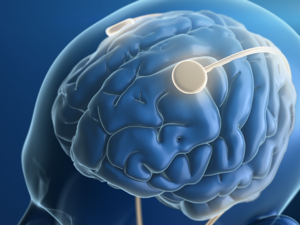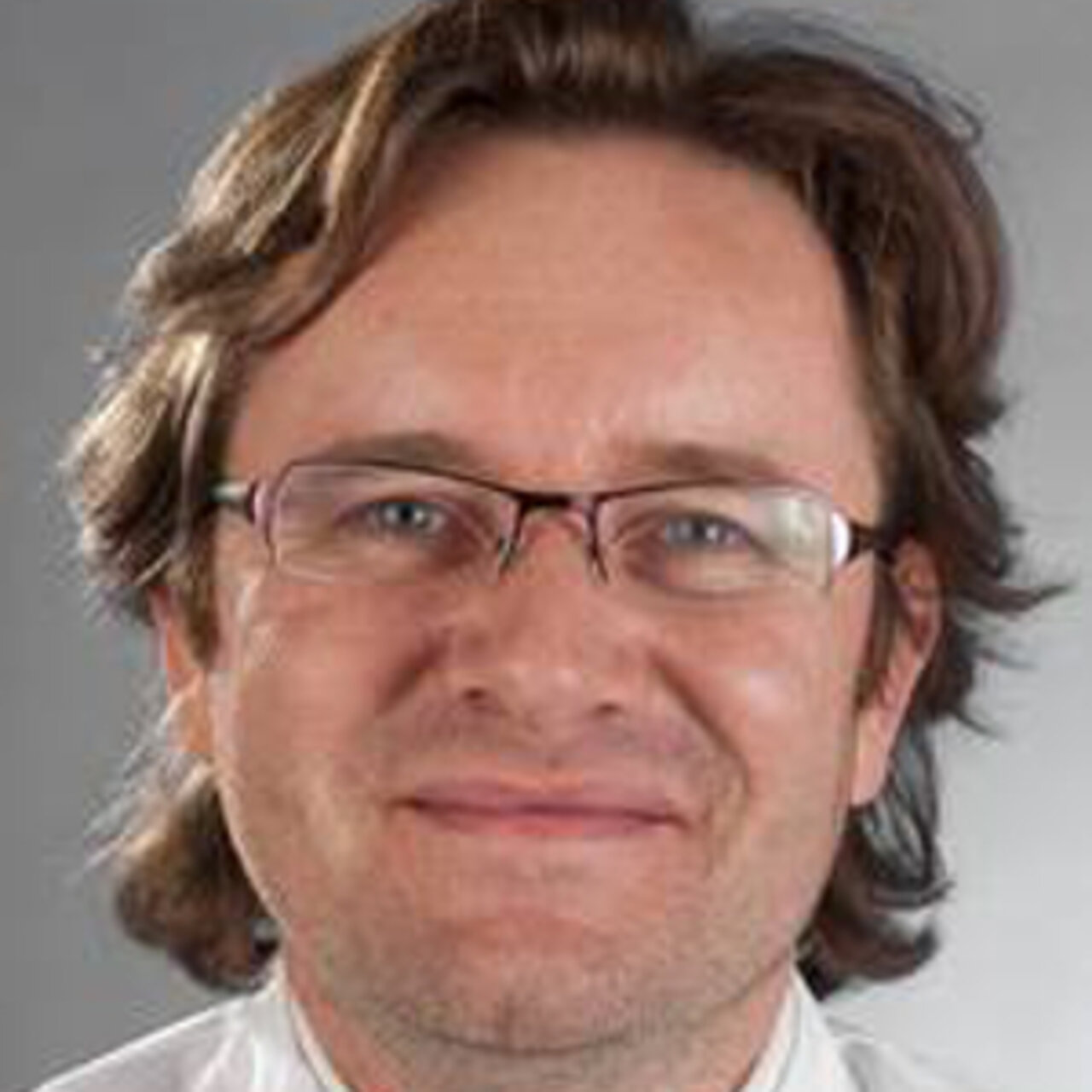Specialists in Deep brain stimulation
4 Specialists found
Information About the Field of Deep brain stimulation
What Is a Brain Pacemaker?
Deep brain stimulation (DBS), also called a brain pacemaker, is a neurosurgical procedure for treating various neurological diseases such as Parkinson's, tremor, and depression. Electrodes are implanted in the brain region to be influenced and connected to a pulse generator, which is inserted under the skin at the collarbone level.

The principle of deep brain stimulation is based on the fact that an electrode is inserted into some regions of the brain and influences the neurons' activity with a permanent high-frequency stimulus.
Brain pacemakers are primarily used to treat movement disorders or their symptoms. However, studies in recent years have also shown promising results in the treatment of chronic depression.
More than 80,000 patients worldwide have already been treated with this procedure. Deep brain stimulation is considered to be an excellent way to improve the life quality of affected patientss.
For Which Diseases Can Deep Brain Stimulation Be Considered?
The main field of applying deep brain stimulation is Parkinson's disease. However, deep brain stimulation is also approved for other movement disorders, such as Tourette's syndrome, multiple sclerosis, or essential tremor, when they do not respond adequately to medication.
It is assumed that DBS may also have a positive impact on mental illnesses (depression and obsessive-compulsive disorders). Its use in this field is still in the experimental stage. This form of therapy is, so far, only symptomatic treatment. The diseases mentioned above cannot be cured by deep brain stimulation.
Requirements for a Brain Pacemaker
Before the surgery, it must be determined whether the patient is suitable for the therapy and can undergo surgery. Therefore, the general state of health is initially determined and followed by psychological examinations, brain imaging procedures, and, in the case of Parkinson's disease, an assessment of symptoms with and without the influence of medication.
What Is the Procedure for Deep Brain Stimulation Surgery?
A small hole is drilled in the skull top for each electrode to be inserted for the procedure. Then, under X-ray monitoring, the surgeon places the electrodes extremely precisely in the brain region to be influenced. In most cases, this involves the so-called basal nuclei, areas that greatly influence the execution of movements.
Ideally, the procedure is carried out under local anesthesia, which allows the patient to cooperate and tell the surgeon if any undesirable side effects occur, such as numbness or speech disorders.
Then, a small device that emits the electrical impulses (colloquially called a brain pacemaker) is connected to the electrodes and fixed under the skin at the collarbone level. This allows the patient to control the electrical stimulation independently.
What Are the Side Effects of Brain Pacemaker Implantation?
In the surgery course, complications such as bleeding or infection may occur in rare cases, but the risk is very low. Side effects of the stimulation, if they occur, are psychological and usually temporary. These can be depression or euphoria. They can generally be well controlled by adjusting the stimulation.
Sources:



